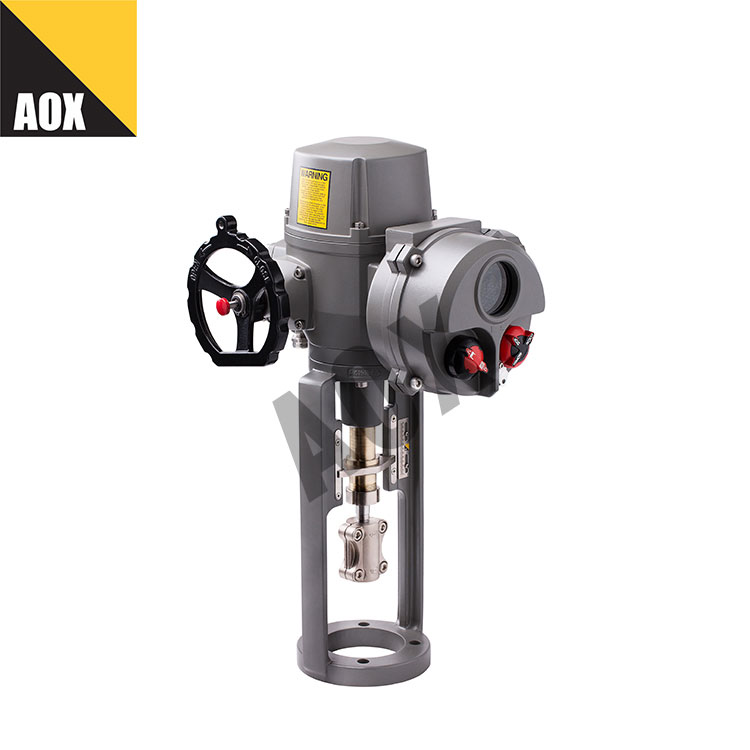Characteristics associated with smart linear electric actuators
2023-11-03
A smart linear electric actuator is a modern and advanced electromechanical device designed to convert electrical energy into linear motion. It is called "smart" because it incorporates various features and technologies that enhance its functionality, control, and connectivity. These actuators are commonly used in various industrial, automotive, aerospace, and home automation applications. Here are some key features and characteristics associated with smart linear electric actuators:
1. Linear Motion Mechanism: Smart linear electric actuators are designed to provide controlled and precise linear motion. They use various mechanisms like lead screws, ball screws, belts, or linear motors to convert rotary motion into linear movement.
2. Electric Motor: These actuators are typically equipped with electric motors, such as brushless DC motors or stepper motors, that provide the necessary rotational force for generating linear motion.
3. Position Feedback: Smart actuators often incorporate position feedback systems to ensure accurate positioning and control. These feedback systems can include encoders, resolvers, or sensors that monitor the actuator's position and speed.
4. Control Electronics: They are equipped with control electronics, which can include motor controllers and embedded microcontrollers or programmable logic controllers (PLCs) to manage the actuator's operation and movement.
5. Communication Interface: Smart linear electric actuators often feature communication interfaces such as RS-232, RS-485, Ethernet, or wireless options like Bluetooth or Wi-Fi. These interfaces enable remote monitoring and control of the actuator.
6. Programmability: Many smart actuators can be programmed to follow specific motion profiles, acceleration and deceleration curves, and other customized motion sequences, making them adaptable to various applications.
7. Safety Features: Safety features may be integrated into these actuators, including overload protection, over-temperature protection, and emergency stop mechanisms to ensure safe operation.
8. Energy Efficiency: These actuators may incorporate energy-saving features such as sleep modes and power management to reduce energy consumption when the actuator is not in use.
9. Feedback and Diagnostics: Smart linear electric actuators provide real-time feedback on their performance and condition, including data on load, temperature, and operational status. This data can be used for diagnostics and predictive maintenance.
10. Durability and Environmental Protection: Actuators designed for industrial and outdoor applications often feature robust construction with protection against dust and moisture, indicated by IP (Ingress Protection) ratings.
11. Integration Capabilities: Smart actuators can be seamlessly integrated into larger automation systems, robotics, industrial machinery, and home automation setups.
Applications of smart linear electric actuators span a wide range of industries, including manufacturing, robotics, medical devices, aerospace, automotive, and home automation. Their ability to provide precise and repeatable linear motion is critical for achieving automation, efficiency, and control in various technological systems.



